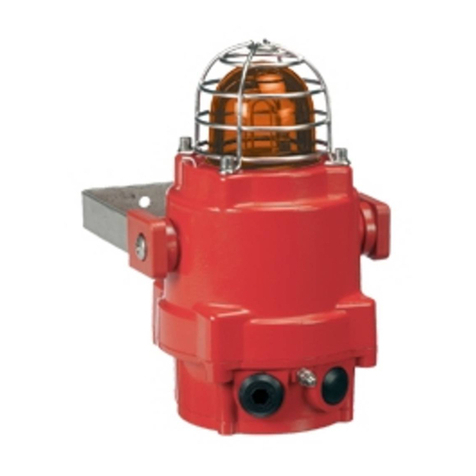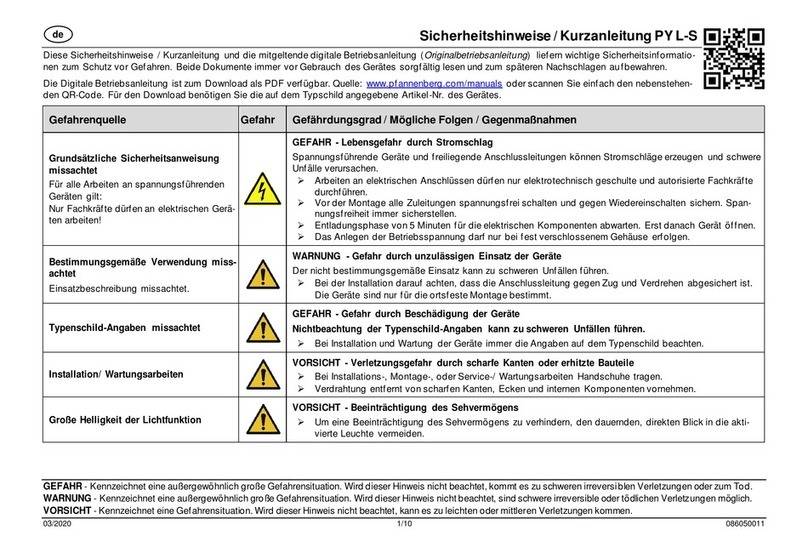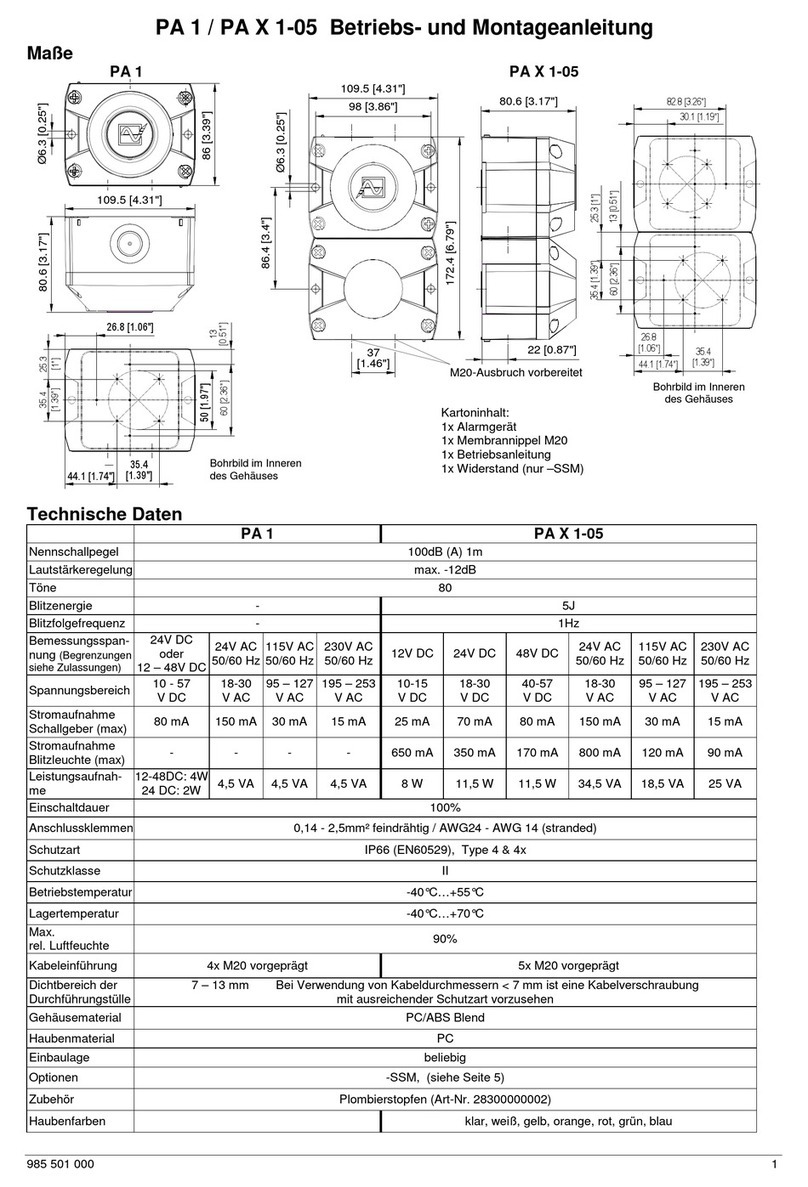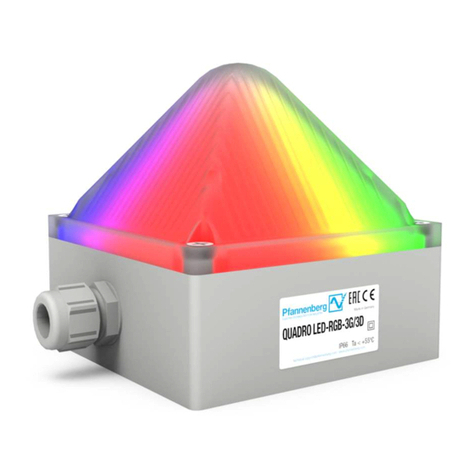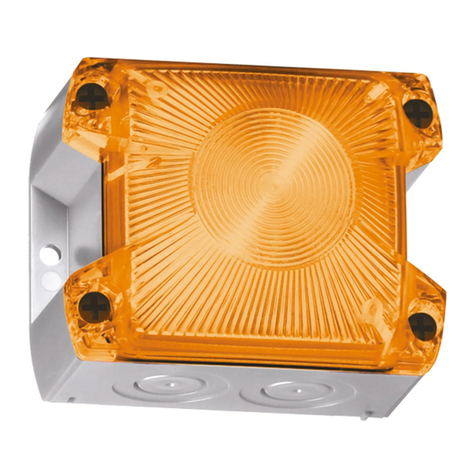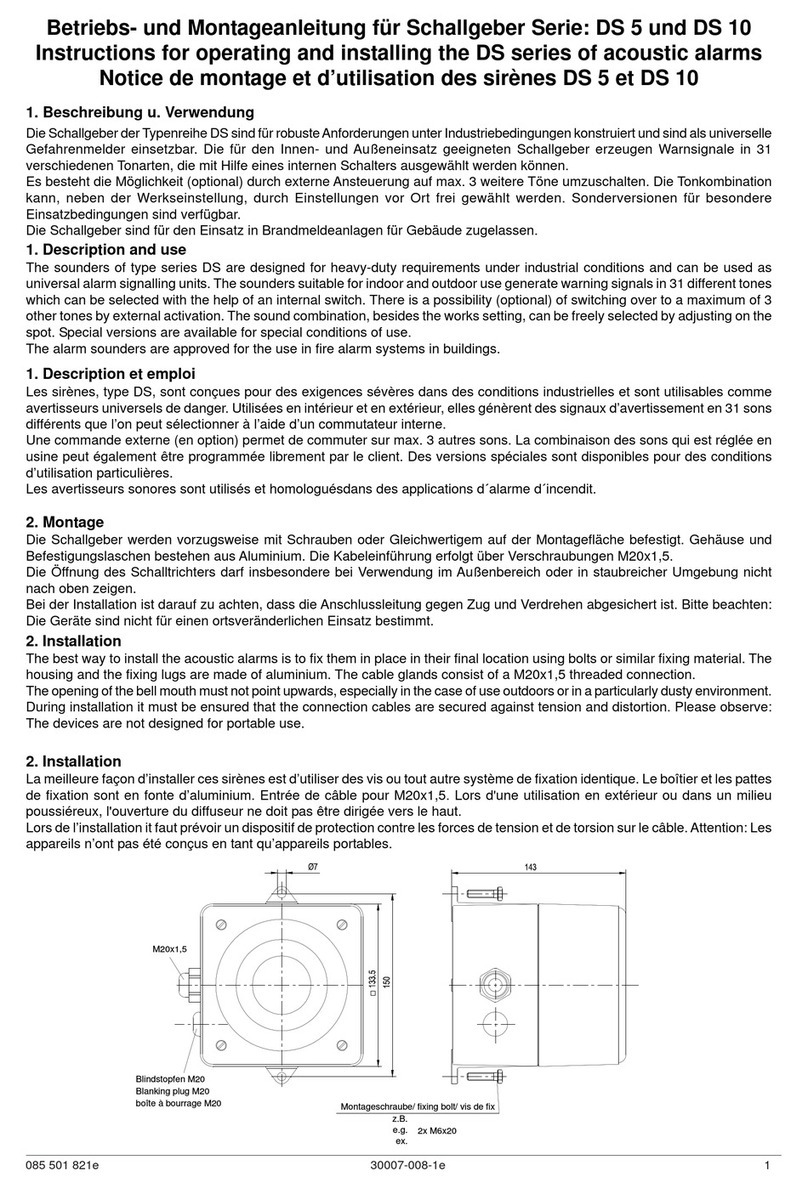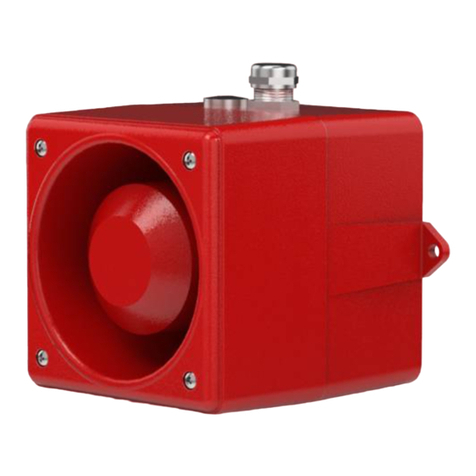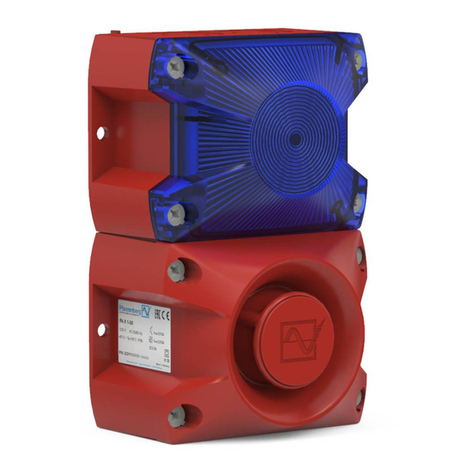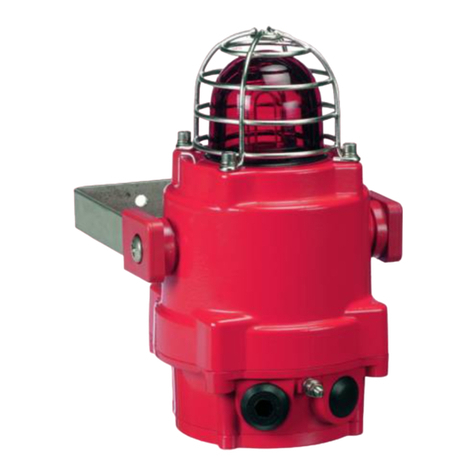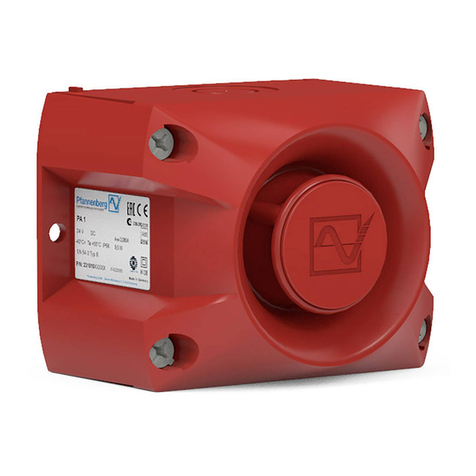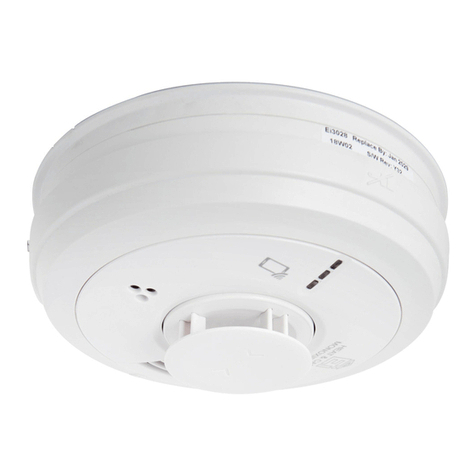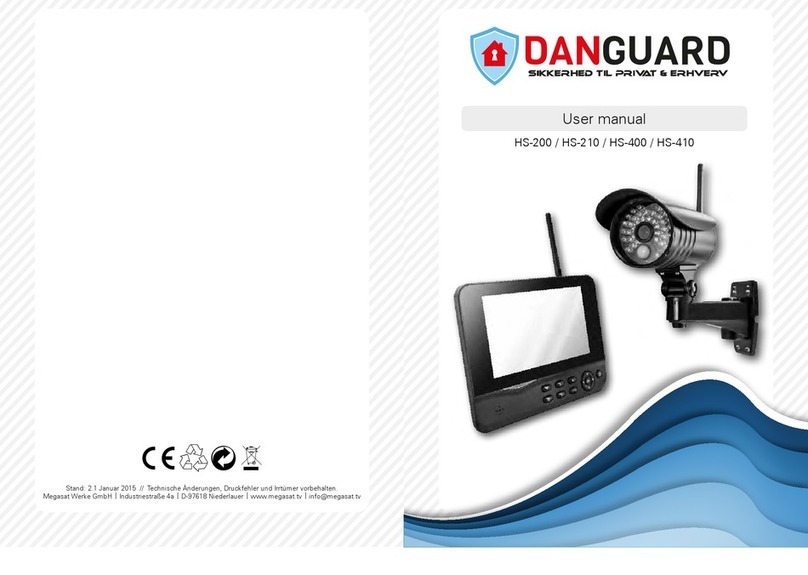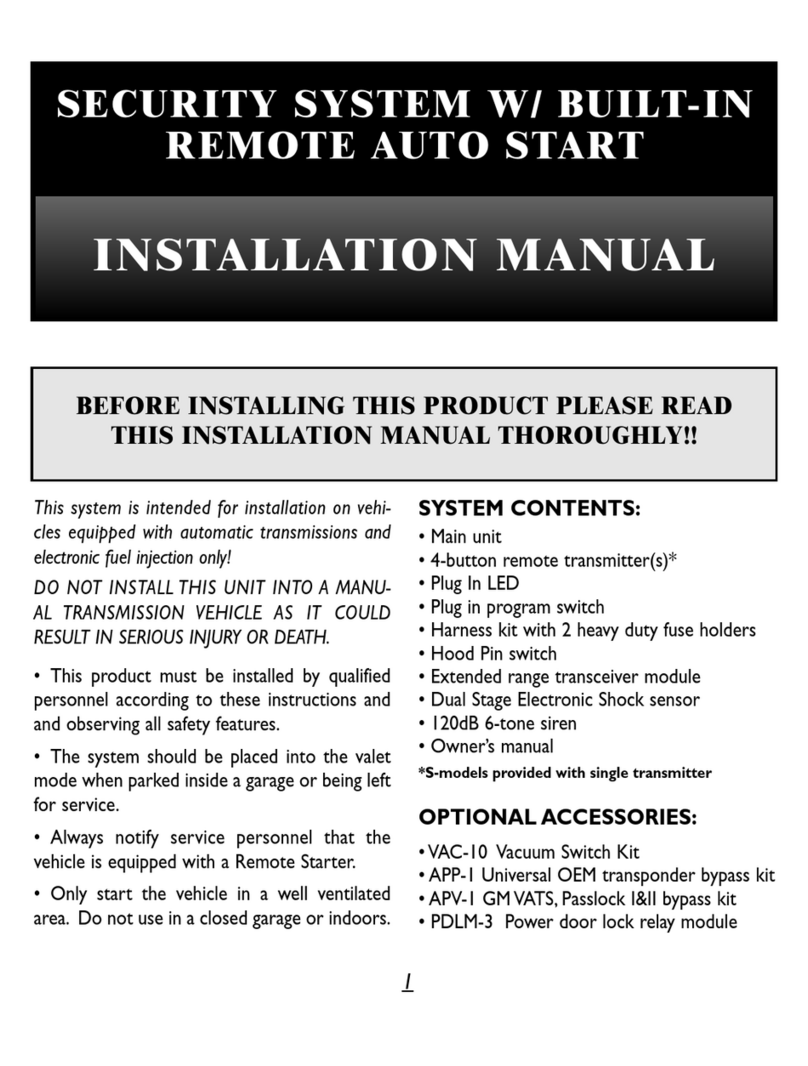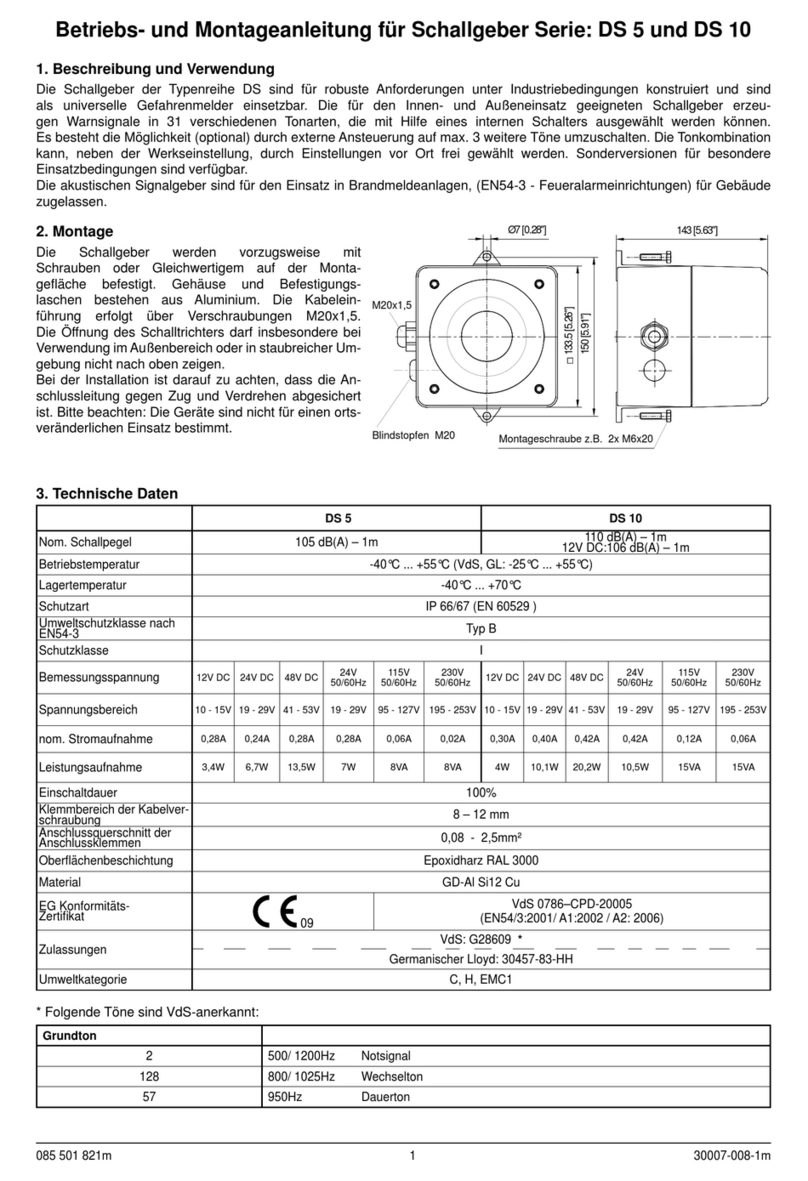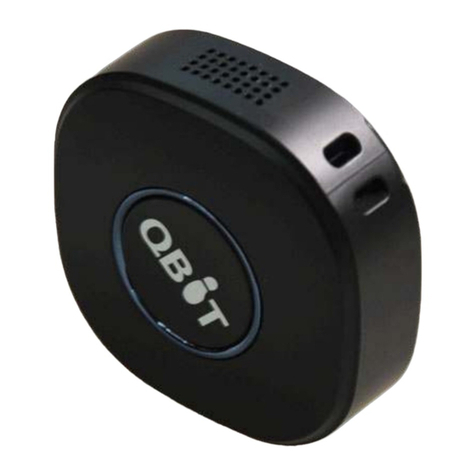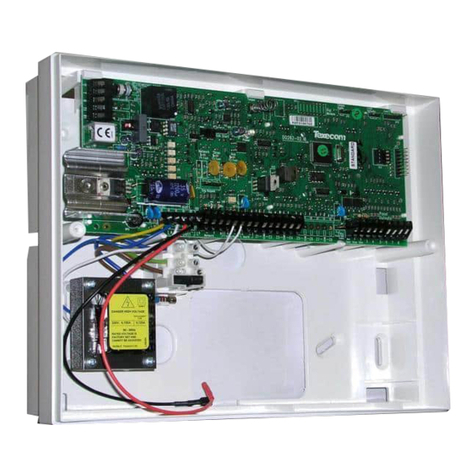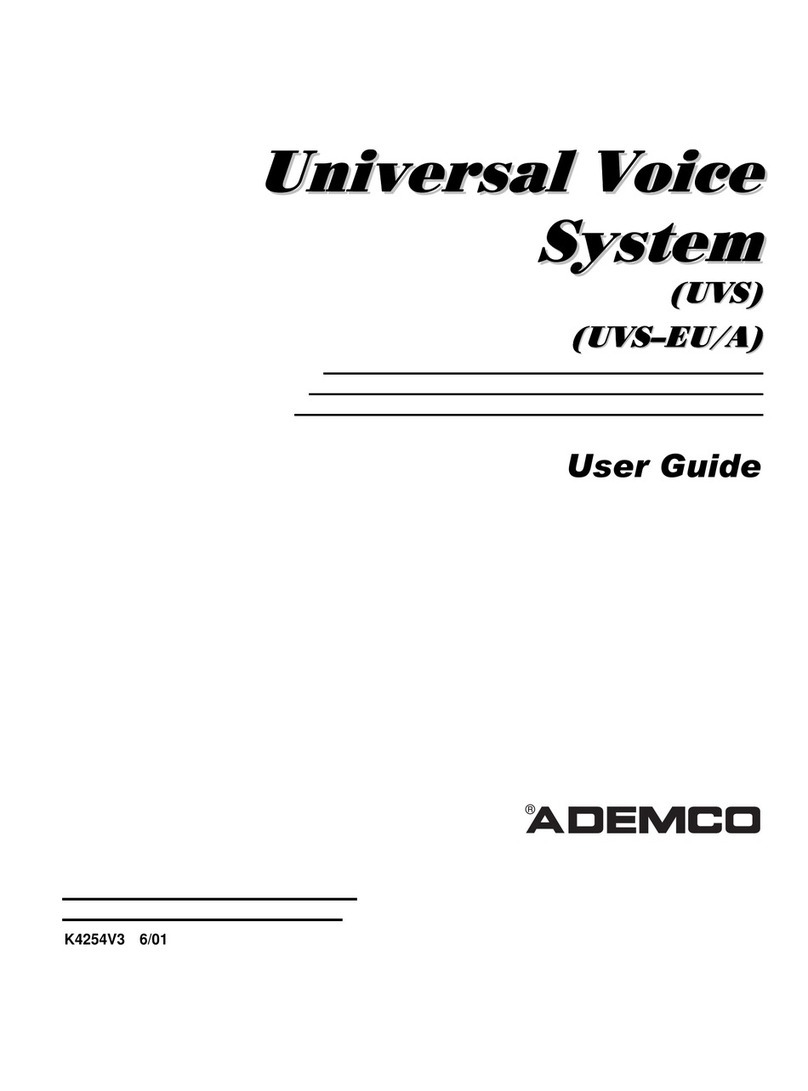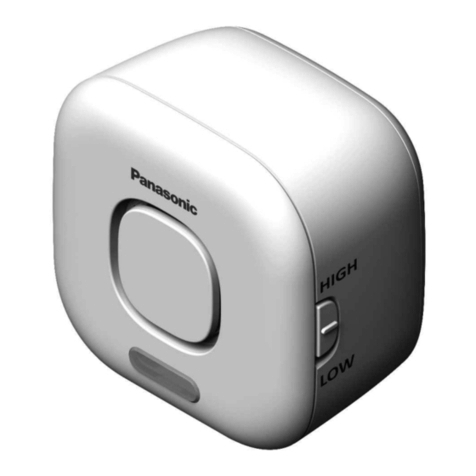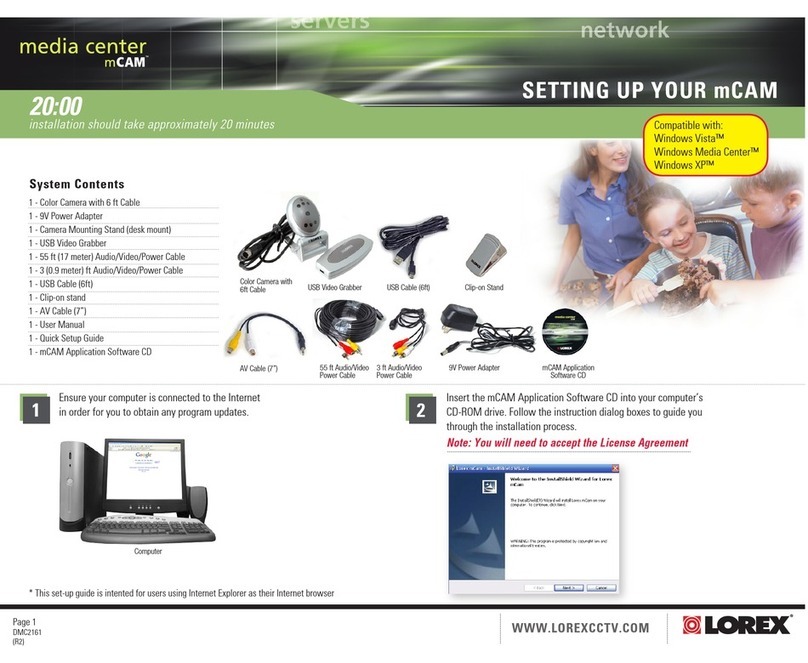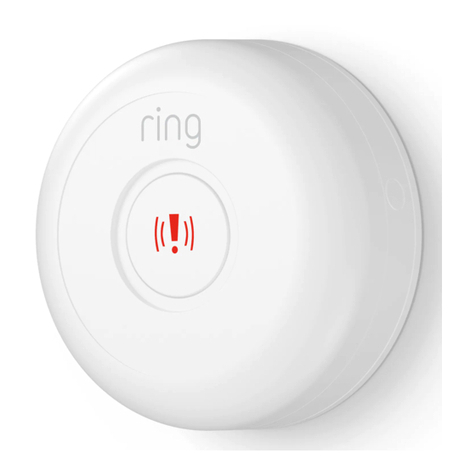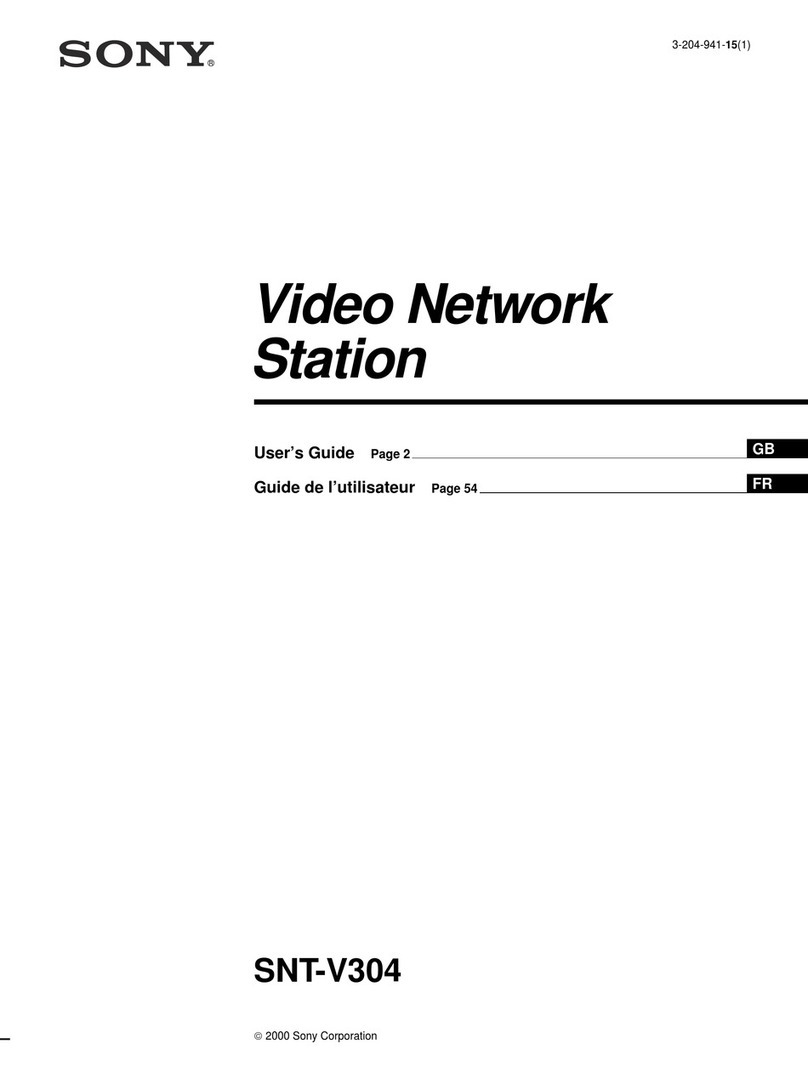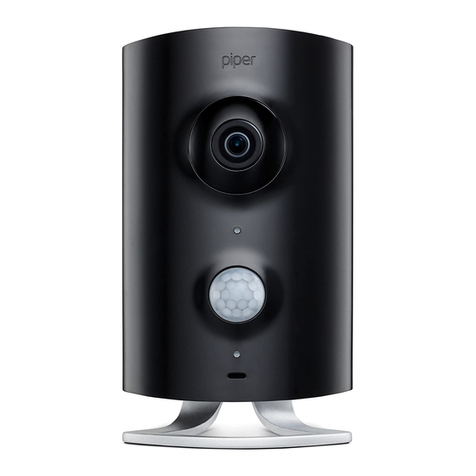
Pfannenberg GmbH · Werner Witt-Straße 1 · D-21035 Hamburg · Tel.: 040/7 34 12-0 · www.pfannenberg.com
03/2022 Seite 2 / 5 30017-016-1e
3) Anzuwendende Normen
Die Leuchten verfügen über ein CE-Typ-Prüfzertifikat ent-
sprechend den Anforderungen folgender Normen:
EN IEC 60079-0:2018 / IEC60079-0:2017 (Ausgabe 7): Ex-
plosionsgefährdete Bereiche - Betriebsmittel. Allgemeine
Anforderungen
EN60079-1:2014 / IEC60079-1:2014 (Ausgabe 7): Explosi-
onsgefährdete Bereiche - Geräteschutz durch druckfeste
Kapselung „d“
EN60079-31:2014 / IEC60079-31:2013 (Ausgabe 2):
Explosionsgefährdete Bereiche - Geräte-Staubexplosions-
schutz durch Gehäuse „t“
4) Installationsanforderungen
Die Leuchten dürfen nur von qualifiziertem Fachpersonal in
Übereinstimmung mit folgenden aktuellen Normen installiert
werden.
EN60079-14 / IEC60079-14: Explosionsgefährdete Berei-
che - Projektierung, Auswahl und Errichtung elektrischer
Anlagen
EN60079-10-1 / IEC60079-10-1: Explosionsgefährdete Be-
reiche - Einteilung der Bereiche. Gasexplosionsgefährdete
Bereiche
EN60079-10-2 / IEC60079-10-2: Explosionsgefährdete Be-
reiche - Einteilung der Bereiche.
Staubexplosionsgefährdete Bereiche
Die Installation der Geräte hat unter Einhaltung der zutreffen-
den örtlichen Vorschriften durch einen entsprechend ausge-
bildeten und fachkundigen Elektrotechniker zu erfolgen.
5) Besondere Nutzungsbedingungen
Die Reparatur des flammendurchschlagsicheren Spalts ist
nicht erlaubt.
Das Gehäuse ist nichtleitend und kann unter gewissen ext-
remen Bedingungen (z.B. Hochdruckdampf) eine zündfähige
Entladung auslösen. Der Anwender muss sicherstellen, dass
das Betriebsmittel nicht in einem Bereich installiert wird, in
dem es äußeren Bedingungen ausgesetzt ist, die zu einer
elektrostatischen Aufladung auf nichtleitenden Oberflächen
führen können.
Das Gerät darf außerdem nur mit einem feuchten Lappen ge-
reinigt werden.
6) Standort und Montage
Der Standort der Leuchten sollte so ausgewählt werden,
dass die Warnsignale gut sichtbar sind. Das Gerät darf nur
an Vorrichtungen befestigt werden, die für das Gewicht des
Geräts ausgelegt sind.
Das Gerät sollte nicht mit der Kuppe nach oben oder horizon-
tal montiert werden.
Die Leuchten sind mit Hilfe des U-förmigen Haltewinkels aus
rostfreiem Stahl an einer geeigneten Oberfläche zu befesti-
gen. Hierfür sind mindestens zwei der drei Befestigungsboh-
rungen (7mm) zu verwenden (siehe Abbildung 1). Der Winkel
kann dann beliebig angepasst werden. Die
Montagebeschränkungen müssen jedoch beachtet werden
(siehe oben). Durch Lockern der beiden seitlichen großen
Schrauben des Winkels kann das Gerät in Schritten von 18
Gradverstellt werden. Nach Ausrichtung des Geräts werden
die beiden großen Schrauben seitlich wieder fest angezogen,
damit sich das Gerät während des Betriebs nicht bewegt.
Abb. 1. Befestigungspunkt der Leuchte
7) Zugang zum druckfesten Gehäuse
GEFAHR – Hochspannung Gefahr durch
Stromschlag NICHT unter Spannung öff-
nen. Vor dem Öffnen Spannung abschal-
ten.
WARNUNG – Heiße Oberflächen. Beim
Umgang mit dem Gerät beachten: Das
Gerät und interne Komponenten können
nach Betrieb heiß sein.
Für den Zugang zum druckfesten Gehäuse die vier M6 In-
nensechskantschrauben entfernen und den Deckel entfer-
nen. Hierbei ist äußerst sorgfältig vorzugehen, damit der
zünddurchschlagsichere Spalt nicht beschädigt wird. Hin-
weis: Die vier M6-Deckelschrauben bestehen aus rostfreiem
Stahl der Klasse A4-80. In diesen Geräten dürfen nur
Schrauben dieser Kategorie verwendet werden.
Abb. 2 Zugang zum explosionsgeschützten Gehäuse
Nach Abschluss der Kabelinstallation muss der Flammspalt
untersucht werden, damit Verschmutzung und Beschädigun-
gen ausgeschlossen werden können.
Es muss überprüft werden, ob die Potentialausgleichsleitung
zwischen den beiden Gehäuseteilen angeschlossen ist und
der O-Ring richtig sitzt. Vor dem Wiederaufsetzen des De-
ckels sicherstellen, dass er richtig für die Montage der De-
ckelschrauben ausgerichtet ist. Den Deckel vorsichtig so auf-
setzen, dass genügend Zeit für das Entweichen der Luft vor-
handen ist. Erst wenn der Deckel vollständig eingesetzt ist,
dürfen die vier Deckelschrauben M6 aus rostfreiem Stahl der
Klasse A4-80 mit den untergelegten Federringen eingedreht
und angezogen werden. Falls der Deckel sich beim Einset-
zen verklemmt, diesen vorsichtig wieder herausnehmen und
es erneut versuchen. Niemals die Deckelschrauben benut-
zen, um den Deckel gewaltsam in die richtige Lage zu brin-
gen.
(Geeignete Kabelverschrau-
bungen, kundenseitig)










